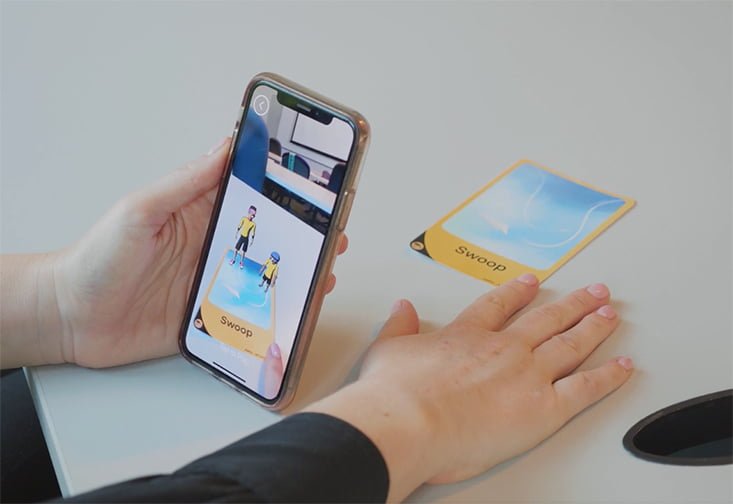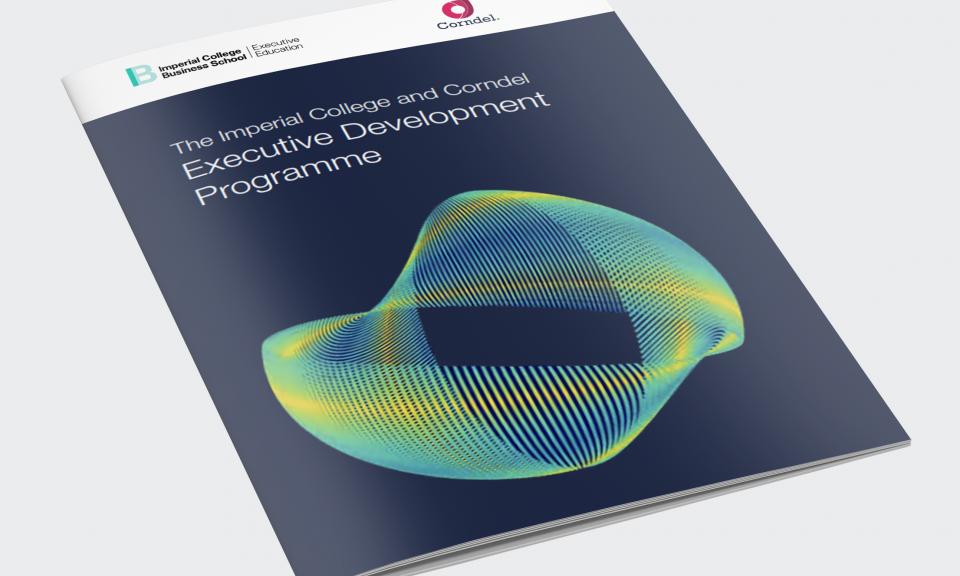
Over the last decade, online education has grown significantly, especially for adult learners who want to earn a degree or certificate while working full-time. The National Center for Education Statistics (NCES) reported 6.6 million students enrolled in distance education courses at postsecondary institutions during the fall of 2017.
Within the last few years, high schools have also started exploring ways to add remote learning options, including dual-enrollment courses in partnership with local community colleges. Although the majority of these courses were offered solely on the high school campus, recent NCES research noted growth in online options.
Fast forward to today, and suddenly online education is no longer optional. In fact, all schools at all levels must immediately migrate to some type of remote education format. Although some schools had already begun the digital migration, the majority of institutions weren’t ready. But when faced with the task of making a quick change, online education became a mandated reality.
Our new reality may help push remote education even farther forward. Thanks to the urgency of the situation, technology has stepped up to show educators, students and parents what remote education might soon look like.
Learning management systems
Learning management systems create a seamless digital learning environment with all the tools necessary for remote learning. These platforms house front-end areas used by students and parents in addition to back-end areas where teachers and administrators can post assignments, add and change grades and interact with students through virtual classrooms.
Numerous school districts already use this type of platform, allowing parents and students to see assignments and grades. But in the last several months, the learning management systems have became a crucial foundation for building out comprehensive remote education frameworks that integrate other learning tools.
For example, PowerSchool Unified Classroom gives teachers a way to create custom virtual classrooms that connect to a student and parent dashboard. There are options to incorporate additional recordkeeping tasks for matters such as disciplinarian issues, attendance tracking and standardized testing scores. These learning management systems streamline communication and work for both schools and students.
The dashboard view shows the teacher’s current classes, upcoming assignments, messages, grades and other content. The student version has additional features, such as tools to submit assignments, discussion boards and online quizzes and test apps. Each virtual classroom can be enriched with videos, presentations, visuals, and links to other educational resources. Mobile applications make these learning management systems even more accessible.
Immersive learning experiences
Making learning fun is something that challenged teachers long before the current crisis. Another pressing issue has been how to show students certain topics that may be otherwise impossible to illustrate.
Enter virtual reality (VR), a technology that can provide immersive experiences for the user. VR lets students experience concepts, processes and skills over and over again until they master the subject. A well-built VR educational system could accommodate all development levels while also helping students get more out of the learning experience.
Making VR accessible to educators and students is no easy task. One partnership between Lenovo and Veative Labs seeks to increase accessibility to this new way of learning. Many of Veative’s collection of 550 interactive STEM modules are now available on Lenovo computers though Lenovo’s new Distance Learning Solution or on Lenovo’s VR devices through its new VR Classroom 2.0 solution.
Grades four and up can use the standards-based modules. They cover areas like science, math, SAT and ACT preparation and Career Technical Education (CTE) pathways for health sciences and agriculture.
This immersive education content offers a way for teachers to explain complex concepts through virtual tours and VR modules. The technology also helps teachers and school leaders track progress and create unique learning opportunities for all students.
Online test taking
Another obstacle to progress in remote education has been finding a way to administer tests wihtout cheating. During this current school year, testing authorities were forced to cancel SAT and ACT exams and adapt the Advanced Placement (AP) credits program.
Early solutions already suggest that testing can move online. Already used by some colleges and universities, Proctorio is an online proctoring tool that monitors students who take online tests. This “learning integrity platform” operates as a Chrome browser extension. It combines facial detection technology and a suite of automated tools along with numerous security features to protect student and educational data.
Additionally, Proctorio incorporates plagiarism detection to ensure that any content-focused exams—for example, those that require short answers or an essay —only include original student work. Numerous screening tools also help prevent other cheating methods that students might try to employ.
Still, questions about remote learning remain. Applications and tools will need to continue to evolve to address physical education classes and labs, sports teams and competitions, band and choir and other educational programs. There are also other areas to consider that have little to do with books and tests but are just as crucial — for example, social learning, including playground dynamics, friendships and human connections.
source: entrepreneur

















